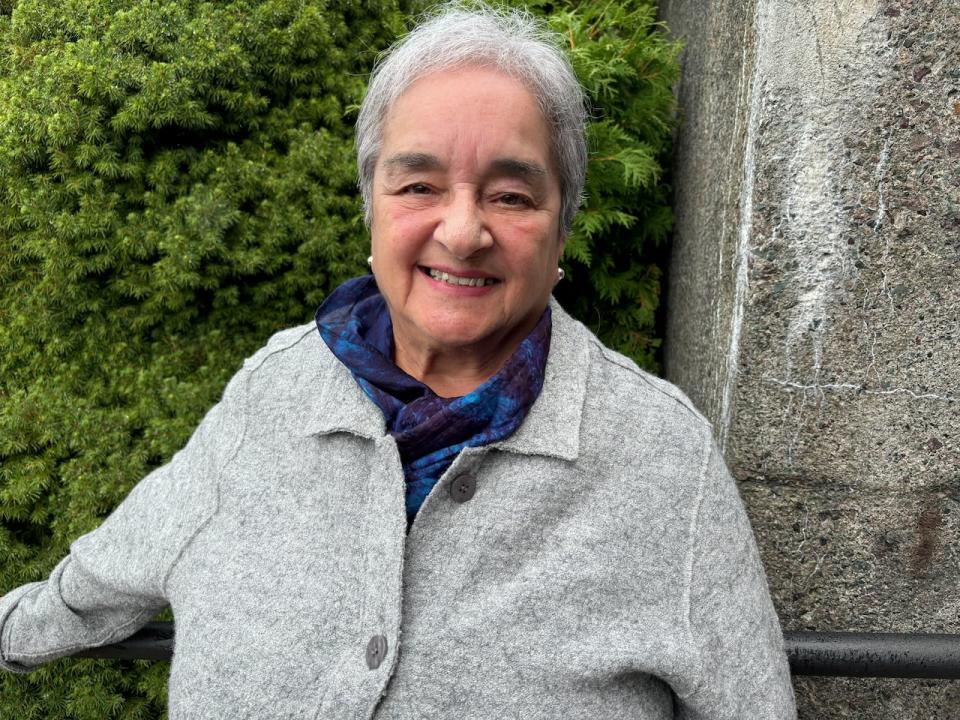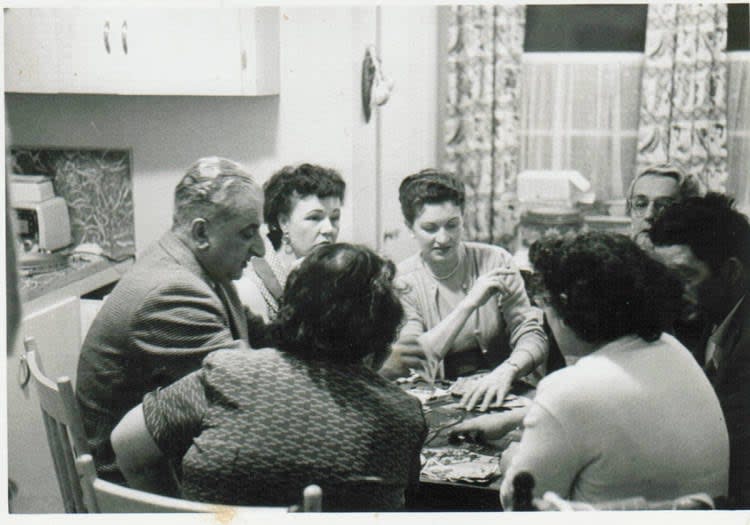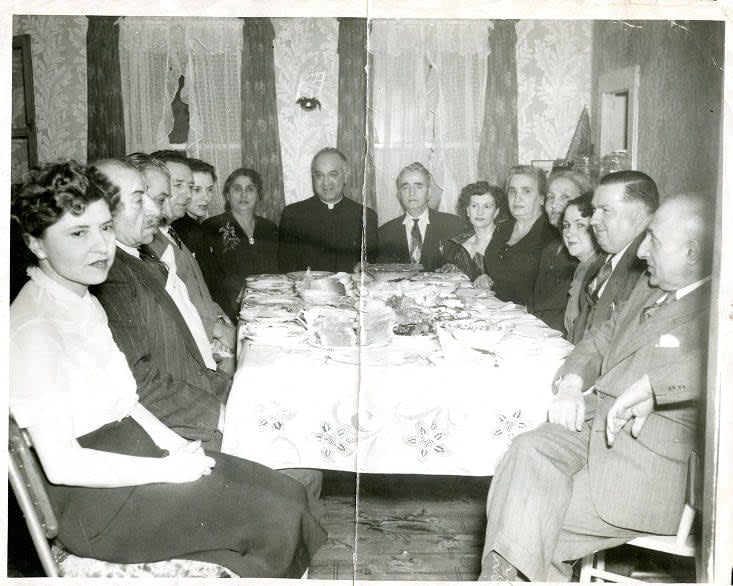
Lorraine Michael says she’s thrilled about a digital exhibit that tells the stories of the Lebanese community in Newfoundland. (Heather Barrett/CBC)
A new digital exhibit is shining a spotlight on the historic Lebanese community in Newfoundland.
The exhibition, titled The Early Lebanese Community of Newfoundland, is a collaboration between Heritage N.L, and the Digital Museums of Canada.
Lorraine Michael, a social activist and former politician who contributed to the exhibit, said it’s based on the book she worked on called The Establishment of the Lebanese Business Community in Newfoundland.
“It’s the story of immigrants and it’s the story of my family, and I’m just so happy. I can’t tell you how happy I am that we finally have documented that history. It was all oral up until the time we put the book out,” she told CBC News.
LISTEN | CBC’s Heather Barrett chats with Lorraine Michael on the vitalty of the Lebanese community in Newfoundland:
Lebanese immigrants, who started arriving in Newfoundland in the 1890s, contributed to their new home through entrepreneurship, she said. Both the book and the digital exhibition show dozens of Lebanese-owned businesses from the late 1890s up to the last pre-Confederation census in 1939, said Michael.


Lorraine Michael says the majority of Newfoundland’s Lebanese community used to live around Gower Street. (Digital Archives Initiative/Terri Andrews)
While some businesses may be gone, the buildings they erected still stand. Michael pointed to a building on the corner of Water and Adelaide streets that still has “A. Joseph & Son” written on its side and now houses a Subway.
She said across the province, Lebanese families like Faour, Gaultois, Simon and Basha, eventually spread to follow business opportunities.
Coming to Newfoundland
Michael said Lebanese people were travelling the world, and in Canada they tended to head to Ottawa, Montreal and the Maritime provinces, although some made their way to Newfoundland.
“We didn’t have as large a community as in Halifax, for example, but we had a significant community in terms of its location in St. John’s,” she said.
In the early 1900s the vast majority of Lebanese people who came to Newfoundland were from Mount Lebanon, like her grandparents, she said.
“Some were related, some weren’t — but they really helped each other get established.”
She was told that when the first Tooton came to Newfoundland, the Lebanese community collected money so he could buy a camera.
The name Tooton is now closely associated with photography in the province, as the family opened up a photography retail business that would operate several stores.
Michael said Lebanese immigrants helped one another.
“They were there together. It was a community that moved here and established another community here,” said Michael.


Lorraine Michael recalls that the Lebanese community would support one another, as seen in this photo of her grandparents Bedra and Habib Michael hosting a party at their home. (Digital Archives Initiative/Lorraine Michael)
Michael recalled many Lebanese people, from newcomers to those living outside of St. John’s, would visit her grandmother’s house for a meal.
“If newcomers came, she would have a large welcoming party for the newcomer.”
Commemoration needed
Michael said there was once a thriving Lebanese neighbourhood in downtown St. John’s, but an act by politicians erased it. In the mid-20th century about 95 per cent of Newfoundland and Labrador’s Lebanese community lived between New Gower Street and Leslie Street in St. John’s.
“When I stand at the Majestic Theatre and look down New Gower Street, I see no sign of the community that lived there,” she said.
She said that’s because in the 1960s the city expropriated the land to build city hall and start the Pitts Memorial Highway, which forced the people to find new homes.
“It did affect the community because now getting together wasn’t a normal part of your daily living. It was visiting,” said Michael.
Michael said she’s started asking city officials about marking the community’s presence in the area.
“We’ll see where that goes to get some recognition of what was destroyed,” she said.
Download our free CBC News app to sign up for push alerts for CBC Newfoundland and Labrador. Click here to visit our landing page.

